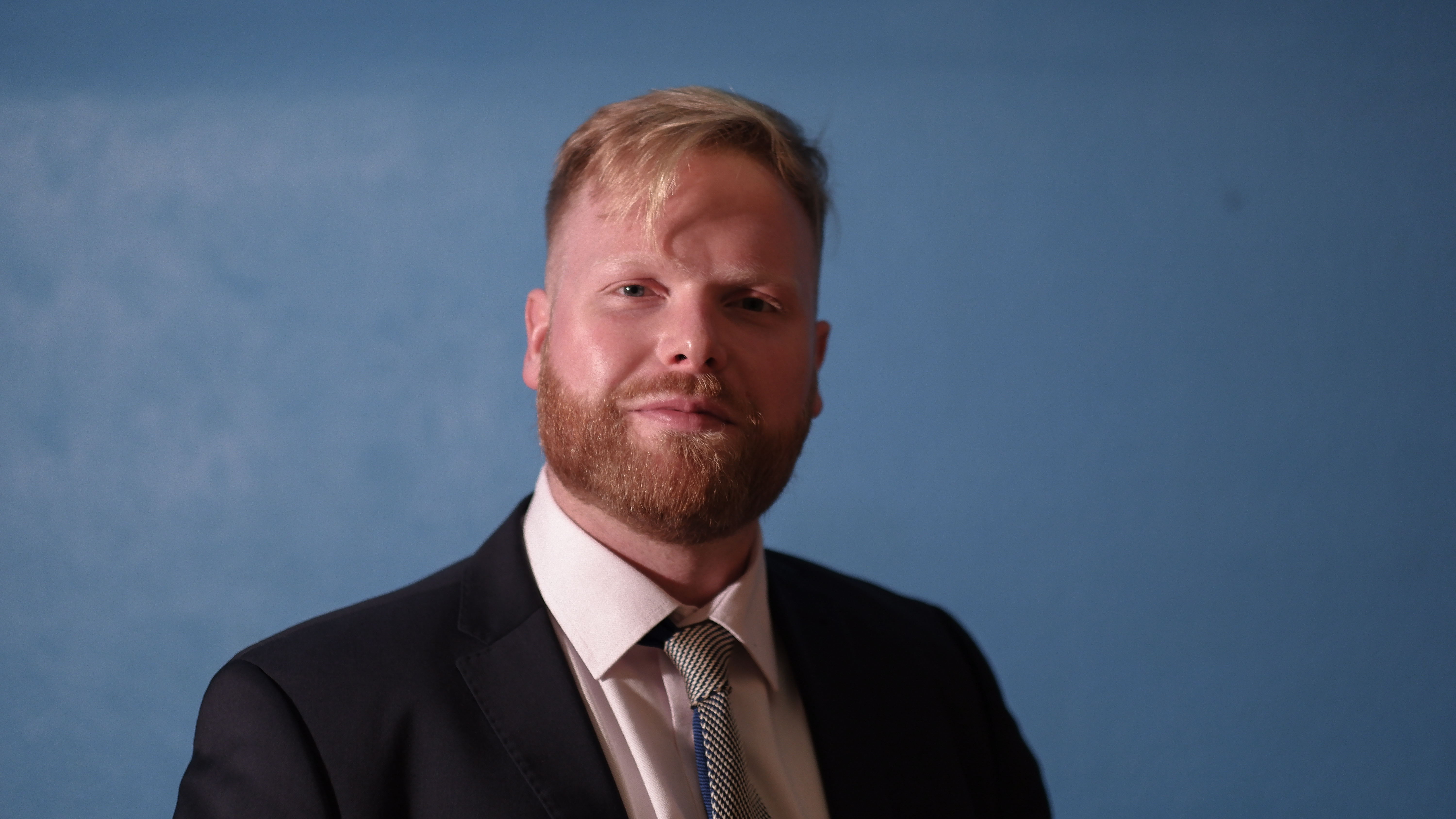
“Mirror mirror on the wall, make me strong and ailments small”.
Voice-activated, our digital mirror-image considers our current biomedical, lifestyle, and environmental data, then responds: “For optimal performance, I recommend the following meal plan for today”. The materialisation of such a vision of personalised, real-time, and data-driven health coaching is catalysed by the recent advances in digital health research, of which NUI Galway constitutes a central hub for community-driven innovation through national and international collaboration.
Precision health designates a bespoke approach for optimising wellbeing tailored to the individual. Traditionally, our health system is based on a “one-size-fits-all” approach, rooted in clinical studies focusing on populations, not individuals.
While largely successful, such population-based approaches assume that the insights gained from a specific population in a controlled environment are transposable to individuals in real life. Yet, one person may react very differently, for example, to a medication than another, including beneficial and side effects. Such differences are influenced at least in part by the complex interplay between an individual’s biomedical makeup, lifestyle, and environment.
Therefore, to make personalised health recommendations, we need to consider specific individuals within their holistic context.
One such approach involves Virtual Humans, or Digital Twins, which are computational avatars of ourselves. Possible health interventions may therefore first be tested on the Virtual Human by running computer simulations before selecting the best viable option to be implemented in ‘real life’, to maximise benefit and minimise potential side effects.
Such computer simulations are relatively fast, non-invasive, and cost-effective compared to, for example, biological approaches in a clinical setting.
Developments towards such Virtual Humans have been catalysed by the recent coalescence of multidisciplinary and interdependent advances in digital health, including biomedical, engineering, and clinical sciences.
The Virtual Metabolic Human (VMH, www.vmh.life) coordinated by our group at NUI Galway is one example of the successful integration of state-of-the-art scientific knowledge into a digital representation of human metabolism in its systematic context, including the interactions with our gut microbiome, nutrition, and disease.
Beyond resource development, biomedical application requires the co-evolution of the requisite computational toolboxes to enable physiologically accurate modelling and simulation such as the COBRA Toolbox (opencobra.github.io), realised by the international COBRA community, which is led by Prof Ronan Fleming at NUI Galway. The VMH and COBRA Toolbox can then be applied synergistically to gain specific insights into the underlying molecular mechanisms of the current health state for an individual by including person-specific biomedical datasets.

The resulting personalised computer models can then predict potential physiological effects of specific medications or diet composition. For example, one may ask the computer models what foods one shall eat together with a specific medication to maximise its beneficial effects, thereby lowering the requisite doses and likelihood of experiencing side effects.
Such biochemically informed, personalised diet recommendations would be very challenging, if not impossible, to make without Virtual Human technologies, enabling the investigation of potential avenues for improving current drug regimens or using diet to support therapy in complex diseases, such as neurodegenerative diseases.
For example, we are currently applying our VMH technologies within the Alzheimer’s Disease Neuroimaging Initiative (ADNI, adni.loni.usc.edu), a large-scale international collaboration to elucidate new therapeutic avenues in Alzheimer’s Disease, and within the European SysMedPD consortium (sysmedpd.eu) to better understand the underlying biochemical mechanisms of Parkinson’s Disease.
Such interdisciplinary international collaborations are pivotal to effectively advance our understanding of complex, multifactorial diseases, by involving world-leading researchers to openly share knowledge, data, and know-how.
Beyond research, in order to achieve societal impact, the development of Virtual Humans requires the involvement of a diverse range of health-related stakeholders, including patients, educators, and policymakers.
Patient benefit is the ultimate outcome of health research and therefore patients need to be involved throughout the development timeline, from design through the final result.
Given that Virtual Humans represent a relatively recent technological innovation in its early maturity phase, including few clinical precedents, they need to be conceived with the end user in mind, including considerations for design and user experience, beyond technology. Therefore, liaison with experts in public and patient involvement (PPI), such as the national PPI Ignite Network coordinated by NUI Galway, is pivotal to ensure sustainable and impactful research outcome.
Similarly, education stakeholders are instrumental to fostering understanding of, and thereby access to, Virtual Human-associated technologies. Not only shall such access facilitate adoption of these technologies, but also spark interest in being involved in their development among future generations of technologists. For example, Virtuome, the NUI Galway-hosted research programme involves undergraduate students from across Ireland to collaborate on digital health-related challenges, including technology development for community impact, thereby generating value by accelerating the development of digital health innovations through diversified stakeholder involvement.
With the international digital health community growing exponentially and technologies maturing, it is also pivotal to inform and involve policy makers and regulators among the target stakeholders. It is vital to ensure that digital health considerations are included in the healthcare strategies at national and international levels.
The NUI Galway representation in international associations, such as the Avicenna Alliance and the Virtual Physiological Human Institute, is crucial in order to proactively contribute to the shaping of the international in silico medicine landscape and make expert recommendations to the relevant policymakers, including at European Union level.
Therefore, using a collaborative multi-stakeholder approach, NUI Galway strives to support the translation of digital health innovations, with a focus on Virtual Humans, from the research and development through the healthcare implementation stages, to accelerate the realisation of precision health strategies that maximise the wellbeing of society.
In conclusion, NUI Galway is a central hub for developing precision-medicine enabling technologies, including Virtual Humans, by adopting an interdisciplinary multi-stakeholder approach to drive the ongoing digital health revolution.
Involving technologists, educators, policymakers, and end users on an international scale, we have not only experienced an exponential rate of scientific innovations towards the development of Virtual Humans, but also the shaping of the requisite healthcare environment to facilitate the implementation of such technologies for precision health applications – a case example of NUI Galway’s Meitheal model in action.